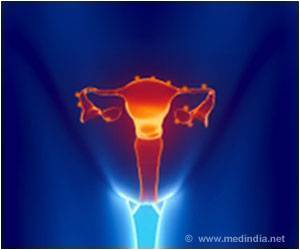A first-of-its-kind study looking at the biological differences of women with postpartum depression to find significant changes in immune cells.

‘Significant differences in B cells, which are important components of the immune system that help produce antibodies are found in women with postpartum depression.’





“A lot of biological research focuses on candidate genes and hormones, and we do have a lead on some PPD-specific medications, but it’s important to take multiple avenues to target this condition. Not every manifestation of PPD is the same,” said lead author Jerry Guintivano, Ph.D., assistant professor in the UNC Department of Psychiatry.That’s why a team of researchers from the UNC School of Medicine conducted the largest transcriptome-wide association study for PPD to date.
Previous studies have only analyzed whole blood samples. This study took a deeper look and examined the different components of blood.
They took blood samples from 1,500 racially and ethnically diverse women from across North Carolina who had given birth within the past six weeks, 482 of whom were diagnosed with PPD.
Researchers used RNA sequencing, DNA genotyping, and assessment of DNA methylation – amounting to three levels of basic biology evaluation to look for differences in components of the blood samples from women with PPD versus women without PPD.
Advertisement
It has to prevent infection from a cold, and it also has to finely tune itself so it doesn’t recognize the fetus as a foreign body and attack it. Then in the postpartum period, all these hormones and pathways reset to get back to pre-pregnancy.
Advertisement
Researchers are hoping to conduct a longitudinal study that tracks women across a longer period to see how B-cells change through pregnancy and into the postpartum period.
Source-Medindia















